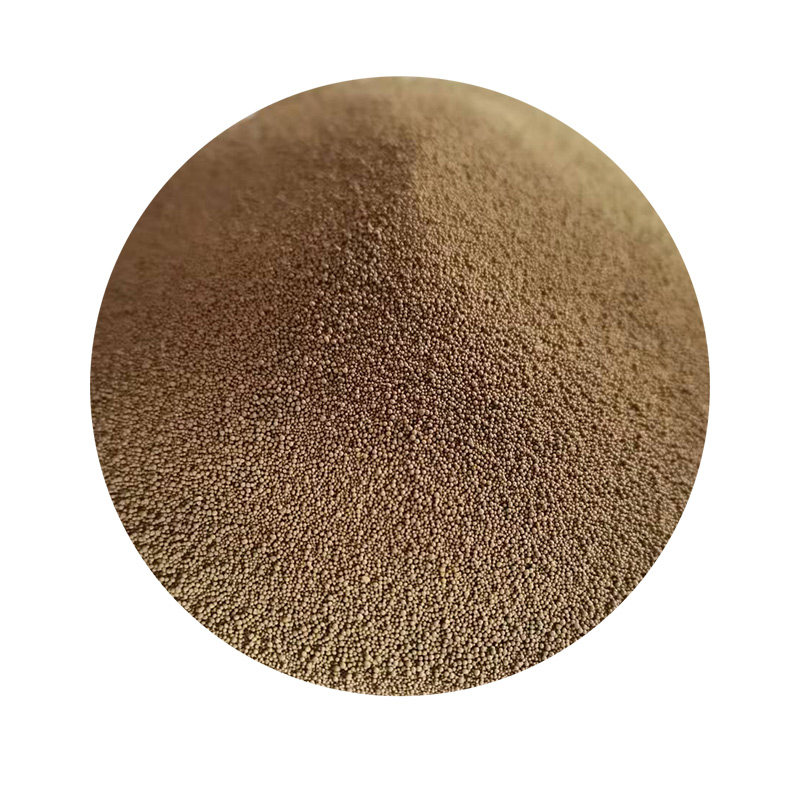The Importance of Sanding 3D Prints Enhancing Aesthetic and Functionality
In the ever-evolving world of 3D printing, the crafting process doesn't end once the printer's nozzle stops extruding material. A crucial post-processing step that many enthusiasts overlook is sanding, a method that can significantly enhance both the aesthetic and functional qualities of 3D printed objects. This article delves into the reasons why sanding is an essential practice in the 3D printing process and provides insight into effective sanding techniques.
Understanding the Need for Sanding
3D printing, particularly with Fused Deposition Modeling (FDM) technology, often results in visible layer lines and a rough texture. While this texture can add charm to certain projects, it may not be desirable for all applications, especially for parts intended for display or functional use. Sanding serves to smooth these surfaces, creating a refined appearance that closely resembles traditionally manufactured items. Additionally, a smoother surface can improve paint adhesion, reduce the likelihood of dust accumulation, and enhance the overall tactile feel of the print.
Choosing the Right Tools and Materials
Before embarking on the sanding process, it is vital to equip yourself with the appropriate tools. Sandpaper comes in various grits, typically ranging from coarse (40-60 grit) to fine (2000 grit). For most 3D prints, starting with a medium grit (around 120) is ideal for removing major imperfections. Following this, moving to finer grits will help in achieving a polished finish.
sanding 3d prints

In addition to sandpaper, a sanding block or a Dremel tool can aid in achieving even surfaces, especially on larger prints. It’s also recommended to work in a well-ventilated area and to wear a dust mask, as fine particles can be harmful when inhaled.
Sanding Techniques for Optimal Results
Sanding 3D prints is often an iterative process that requires patience. Begin by sanding the most visible areas of the print and work gradually. Circular motions can help prevent uneven surfaces, while sanding along the print's layers can help reduce the appearance of those lines.
Using water with sandpaper, also known as wet sanding, can significantly reduce dust and provide a smoother finish. This technique is especially effective for plastics like PLA and ABS. After sanding, cleaning the print with a damp cloth will remove any remaining particles, ensuring a clean surface for painting or sealing.
Conclusion The Value of Post-Processing
In summary, sanding is a vital step in the 3D printing process that elevates the quality of the final product. Whether for functional prototypes, artistic endeavors, or display models, taking the time to properly sand your prints can yield significant improvements in both appearance and usability. As the 3D printing industry continues to advance, embracing post-processing techniques like sanding will empower creators to produce high-quality and visually appealing designs that stand out in a competitive landscape. So, the next time you pull a fresh print from your 3D printer, don’t overlook the importance of sanding; it could transform your project into a masterpiece.
Post time:ພ.ຈ. . 15, 2024 16:57
Next:sanding for 3d printing
